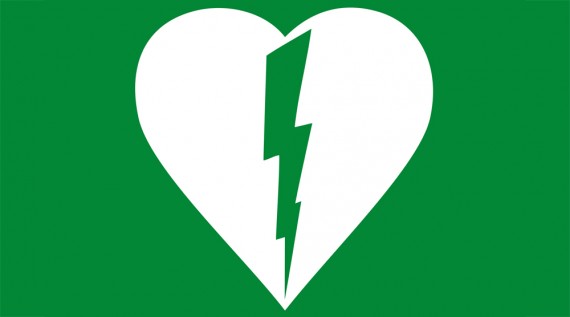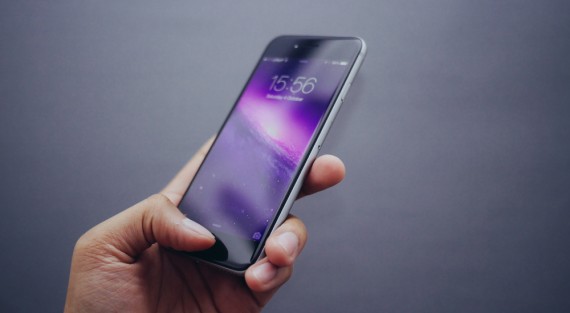Things everyone should know
There are lists all over the internet of things everyone should know. From wilderness survival skills, to everyday "life hacks". For my money, you should know how to listen, how to put yourself in someone else's shoes, and how to keep things in perspective.
Still, here at Freshleaf, we did our First Aid Training update yesterday, and here are two things we discovered that we think everyone should know...

What an AED / Defibrillator is and where to find one
Approximately 30,000 out-of-hospital cardiac arrests occur every year in the UK. That's 30,000 people a year who have a heart attack in their homes or in a public place. And without immediate, effective treatment, 90-95% of sudden cardiac arrest victims will die.
And yet most of us, if faced with a loved-one or even a stranger in this situation, wouldn't know where to start with treatment. We'd call the emergency services, and we may even start CPR. But what so many people don't know is that there are life-saving devices scattered around our communities.
An AED (or Automated External Defibrillator) improves heart attack survival statistics dramatically. If a defibrillator is used and effective CPR is performed within 3-5 minutes of cardiac arrest, survival chances increase from 6% to 74% (source). And you don't need to be a medic to use one - in fact, a child can do it. As soon as you open the lid, the device begins to speak aloud, giving clear and simple instructions.
AEDs are in dozens of places around our communities. Banks, pubs, community centres, sports centres, businesses, churches, pharmacies, railway stations, even in phone boxes in some locations. It's normally a box on a wall with a symbol on it showing a heart with a lightning bolt through it. In a large town or city you're rarely more than a few hundred yards from an AED. If you live in a rural community, it's worth investigating whether there is an AED near to you (this handy link can help: where to find your nearest AED). If the box is locked, you call the emergency services and they give you the code to retrieve the device. Just knowing this could help you save a life.
Your phone can provide important medical information about you in case of an emergency

First, a couple of basics you may not know about emergency calls on mobile phones.
- You don't need to be able to unlock the phone - you can call 999 from any phone in an emergency. There's an 'emergency call' option on login screens.
- The phone doesn't have to have access to its native network (i.e. it doesn't need to "have signal") - a 999 call will automatically be carried on any available network
There was a recommendation for a while that you put an entry in your contacts under ICE - "In Case of Emergency", which most of us probably still haven't done. Now pretty much all modern phones have a feature which allows you to provide medical and contact information that anyone can access in case of an emergency or accident, via a button on the emergency call screen. The information could be life-saving or could help someone find out who to contact for you if there was an accident. It's an option on your phone and it takes two minutes to set up!
